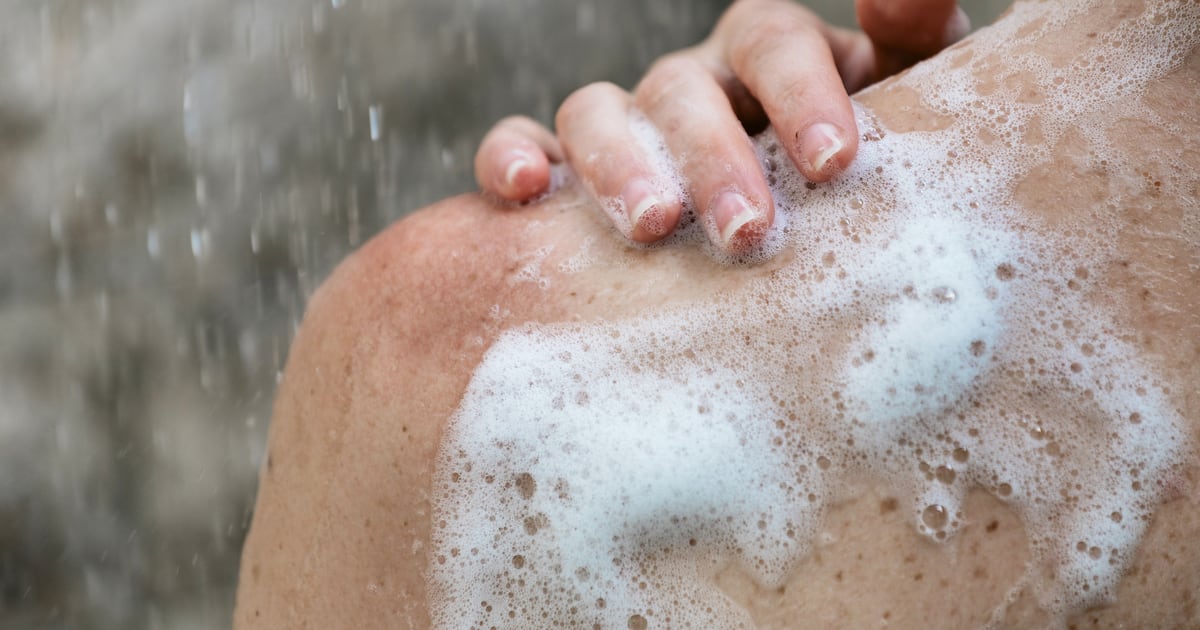Recent insights from Spate reveal growing consumer interest in products such as turmeric soap and retinol body wash, driving new trends in the body care market. These products are becoming staples in consumers’ routines, and according to Yarden Horwitz, co-founder of Spate, the surge in popularity is linked to the broader “skinification” trend in body care.
Turmeric soap: The power of “skinification” and its broad appeal
Turmeric soap first gained recognition in facial skin care for its benefits, including clearer skin, reduced hyperpigmentation, fading dark spots and acne scars, skin brightening, and the sought-after “glass skin” effect. According to Horwitz, it quickly gained momentum, particularly within melanated skin communities, which played a significant role in amplifying its appeal.
The surge in popularity of turmeric soap has been further fueled by social media, especially TikTok, where hashtags like #TikTokMadeMeBuyIt and #TikTokShopFinds have contributed to its viral success.
Turmeric soap’s versatility extends beyond just facial care; it has gained traction as a solution for various body skin concerns, particularly acne. Horwitz noted that related hashtags such as #acne have an average of 1.3M weekly views, while #bodyacne draws 40.7K.
This highlights its popularity in addressing specific body areas, including targeted concerns like #darkinnerthigh and #darkelbows. The ingredient’s broad appeal is further reflected in its promise of a healthy, glowing complexion, attracting consumers concerned with issues such as uneven skin tone, mature skin, and signs of aging.
She added that hashtags like #unevenskintone, #matureskin, and #agingskin showcase turmeric’s versatility in meeting diverse skin care needs.
Retinol’s transition to body care
“As a go-to ingredient in facial skincare, it naturally transitioned into body care as consumers sought its benefits beyond the face,” Horwtiz noted. The inclusion of retinol in body care has been exemplified by product launches such as Olay’s retinol body wash, which quickly captured attention on TikTok and sparked widespread conversations on the platform.
The trend extends to other areas of body care, such as hand care, where retinol is seeing growing popularity. “Retinol, already a hero ingredient in facial skincare, is also trending in hand care, as shown by a +1.1K increase in searches for retinol hand lotions on Spate’s dashboard,” she explained.
This expansion demonstrates how retinol’s reputation as a powerful skincare ingredient is influencing a broader range of products and consumer routines.
Emerging ingredients: Beef tallow, kojic acid, and almond oil
Looking forward, Horwitz predicts the rise of other ingredients in body care products, particularly those focused on natural and functional benefits. “Beef tallow has seen a significant surge in popularity, with a +510.5% year-over-year growth in search interest,” she shared.
Additionally, “Kojic acid, often paired with turmeric soap for its brightening benefits, is also experiencing growth, with searches up by +27.5% YoY,” and “almond oil is gaining traction, partly driven by the popularity of L’Occitane’s Almond Shower Oil, contributing to a +46.4% increase in average monthly searches,” she revealed.
These ingredients align with consumer priorities for hydration, nourishment, and brightening.
Opportunities in multifunctional body care
As the demand for multifunctional body care products grows, there are significant opportunities for innovation. “The biggest opportunities lie in meeting essential body care needs while incorporating added skin care benefits,” Horwitz said. Multifunctional products that provide exfoliation, hydration, or acne care are particularly popular.
As a result, “brands can focus on products that combine multiple benefits, delivering convenience while addressing concerns such as uneven tone, dryness, or aging, [and] this shift positions body care to become as personalized and ingredient-driven as facial skin care,” Horwitz concluded.
Therefore, brands that can innovate with multifunctional solutions stand to benefit from this dynamic shift in consumer behavior.

